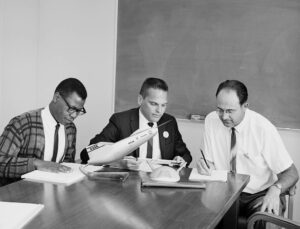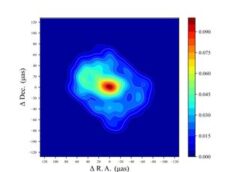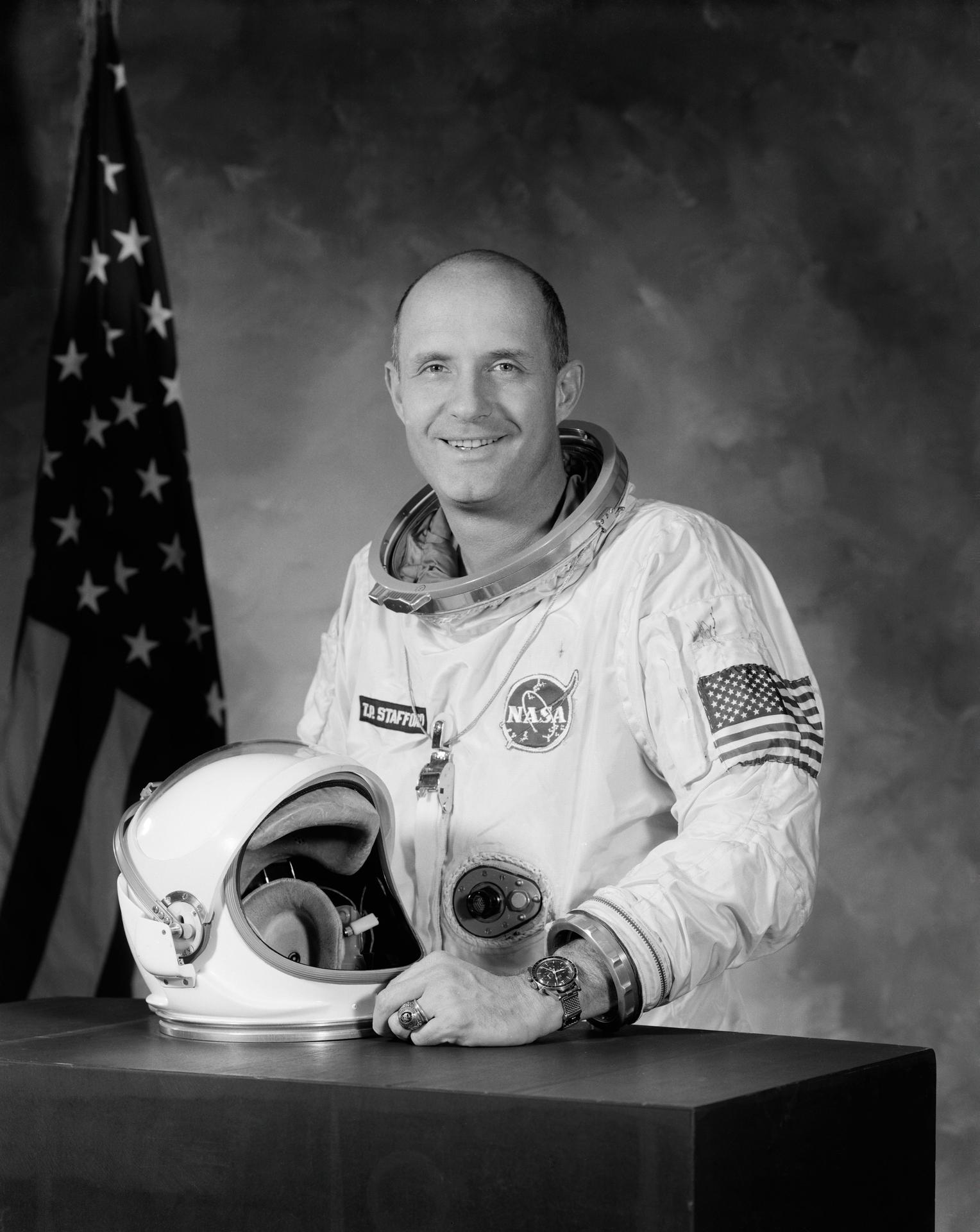1 min read NASA’s Swift Temporarily Suspends Science Operations Swift, illustrated here, is a collaboration between NASA’s Goddard Space Flight Center in Greenbelt, Maryland, Penn State in University Park, the Los Alamos National Laboratory in New Mexico, and Northrop Grumman Innovation Systems in Dulles, Virginia. Other partners include the University of Leicester and Mullard Space Science Laboratory in the United Kingdom, Brera Observatory in Italy, and the Italian Space Agency. NASA’s Goddard Space Flight Center On March 15, NASA’s Neil Gehrels Swift Observatory entered into safe mode, temporarily suspending science…
Read MoreNASA Administrator Pays Tribute to Space Pioneer Thomas Stafford
(1966) — Portrait of astronaut Thomas P. Stafford, wearing his spacesuit. Credits: NASA The following is a statement from NASA Administrator Bill Nelson on Monday’s passing of Thomas Stafford, a lifelong space exploration advocate, former NASA astronaut, and U.S. Air Force general: “Today, General Tom Stafford went to the eternal heavens, which he so courageously explored as a Gemini and Apollo astronaut as well as a peacemaker in the Apollo-Soyuz mission. Those of us privileged to know him are very sad but grateful we knew a giant. “Tom was critical…
Read MoreTrack the April 8 total solar eclipse with SkySafari, now 80% off
SkySafari is celebrating the solar eclipse, and you can grab it on a great deal through April 8. The entry-level version of SkySafari 7, which features on our best stargazing apps guide, locates millions of planets, stars and constellations with a single screen tap. It is on sale right now for just $0.99, just in time for the next total solar eclipse. That’s an 80% discount from the usual $4.99, so make sure to act quickly. Affiliated apps SkySafari Plus and SkySafari Pro will also go on sale roughly one…
Read MoreNASA Challenge Invites Artemis Generation Coders to Johnson Space Center
NASA’s Office of STEM Engagement has selected seven student teams to participate in a culminating event for the 2024 App Development Challenge (ADC), one of the agency’s Artemis Student Challenges, at NASA’s Johnson Space Center in Houston. The coding challenge invites middle and high school student teams to contribute to deep space exploration missions by developing solutions to real-world technical problems. Screenshot of the app submitted by ADC Top Team, Team Spaghetti Code from Trinity Christian School in Morgantown, West Virginia. The ADC, a part of NASA’s Next Gen STEM…
Read MoreNASA Sets Coverage for Crew Launch; Trio to Join Expedition 70
NASA astronaut Tracy C. Dyson, Roscosmos cosmonaut Oleg Novitskiy, and spaceflight participant Marina Vasilevskaya of Belarus pose for a portrait at the Gagarin Cosmonaut Training Center on Nov. 2, 2023 Credits: GCTC/Andrey Shelepin Three crew members will blast off on Thursday, March 21, to support Expedition 70 aboard the International Space Station. NASA will provide full coverage of launch and crew arrival at the microgravity laboratory. NASA astronaut Tracy C. Dyson, Roscosmos cosmonaut Oleg Novitskiy, and spaceflight participant Marina Vasilevskaya of Belarus, are scheduled to lift off on the Roscosmos…
Read MoreNASA Selects New Round of Candidates for CubeSat Missions to Station
Students from the University of Michigan work on their Measurement of Actuator Response and In Orbit (MARIO) CubeSat which launched to the International Space Station in November 2022. Photo credit: University of Michigan NASA selected 10 small research satellites across eight states to fly to the International Space Station as part of the agency’s efforts to expand education and science opportunities, support technology advancement, and provide for workforce development. These small satellites, or CubeSats, use a standard size and form measured in units. One unit (1U) is 10x10x11 centimeters and…
Read MoreFindings from the Field: Students and Professionals Connect at Research Symposium
2 min read Findings from the Field: Students and Professionals Connect at Research Symposium On March 18, 2024, 65 middle and high school scientists gathered at the Gulf of Maine Research Institute (GMRI) in Portland, Maine to share their science research projects with one another and with professional scientists from GMRI, Mount Washington Observatory (MWOBS), and NASA Jet Propulsion Laboratory. GMRI is the anchor institution for the NASA Science Activation Program’s Learning Ecosystems Northeast (LENE) project, which supports Findings from the Field, a journal of student scientific research. Annually, youth…
Read MoreNASA Wallops Offers Career Inspiration to Delmarva Students
3 min read Preparations for Next Moonwalk Simulations Underway (and Underwater) Roland Wescott, representing the range at NASA Wallops, engages with participants during the Junior Achievement Inspire event at the Wicomico Youth & Civic Center. NASA/Olivia Littleton NASA’s Wallops Flight Facility, partners, and area employers joined forces on a mission to inspire more than 4,500 eighth-grade students seeking answers to all questions “career” at the 2024 Junior Achievement (JA) Inspire event. The annual career-exploration event was held March 12-13 at the Wicomico Youth and Civic Center in Salisbury, Maryland, featuring…
Read MoreSony FE 16-35mm f/2.8 GM II vs Canon RF 15-35mm f/2.8 L IS USM
Wide-angle zoom lenses make up one-third of the ‘Holy Trinity’ lens lineup and prove endlessly useful for several purposes, including landscapes, architecture and astrophotography. Often, a standard 24-70mm zoom lens isn’t quite wide enough to shoot a particular scene, so having a wide-angle lens in your kit bag lets you fill the gap below 24mm. Wide-angle lenses are favored in astrophotography because they capture a wider portion of the sky and let more light in than standard and telephoto lenses typically do (which, when you’re shooting in the dark, is…
Read MoreSleeping subduction zone could awaken and form a new ‘Ring of Fire’ that swallows the Atlantic Ocean
A subduction zone below the Gibraltar Strait is creeping westward and could one day “invade” the Atlantic Ocean, causing the ocean to slowly close up, new research suggests. The subduction zone, also known as the Gibraltar arc or trench, currently sits in a narrow ocean corridor between Portugal and Morocco. Its westward migration began around 30 million years ago, when a subduction zone formed along the northern coast of what is now the Mediterranean Sea, but it has stalled in the last 5 million years, prompting some scientists to question whether…
Read More














